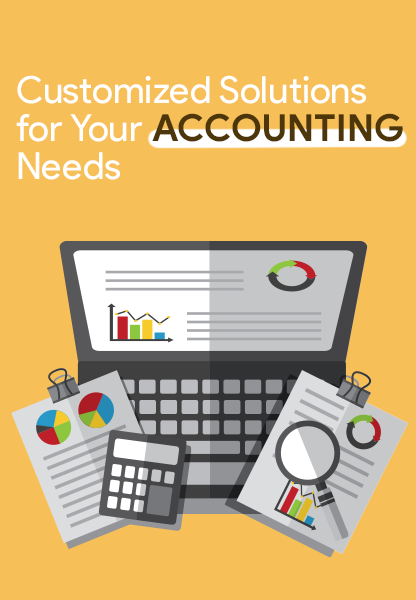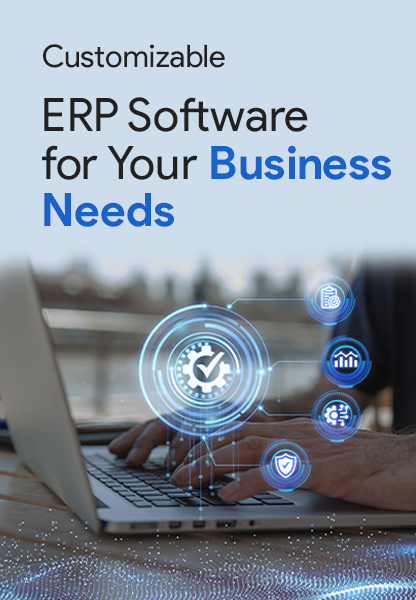
What are the Main Features of the Employee Management System?
Although initially devised by Edward Henry Bouchard II while working at Boeing in 1953, Bouchard’s concept was borrowed by other companies looking for ways to modernize labor relations management practices among industrial enterprises during the mid-twentieth century era when it was first pioneered by Henry Gantt during 1890s when he was still working to tonics corporation (The Author).
Employer and employee management is a vital part of running a company. An employee management system or EM system is a computerized system for managing employees and company data. Companies use EM systems because they need to manage their employees, salaries, benefits, training, and more. The system is an electronic record of information related to human resources. As a result, Employers use EM systems to ensure that their workforce is up-to-date with all company policies and requirements.
Employee Management System
An Employee Management System is a platform for business management by which companies can effectively communicate and manage their workforce. Additionally, EM systems are often used in factories, where workers are developing or producing products for clients. Employer management systems are also used in organizations with multiple locations- such as factories or offices- and employees working in each location.
EM systems help companies track employee work performance and address concerns with feedback directed at employees directly in the system itself. This allows employers to quickly find issues with their employees’ performance and address them before they escalate into serious trouble for workers and the company itself.
What are the Main Features of the Employee Management System?
Employee Management System has several functions that enable employers to organize and manage their workforce effectively. For example, employers can use the system to communicate efficiently with their employees. They can also keep track of their employees’ performance with time recording logs and calendars. Employers can also identify overtime, compensating hours, and absent employees through employee demographics tracking. Additionally, EM systems perform background checks on employees so employers know who they are letting on their premises. This helps prevent criminal activity on the part of employees against the company itself.
The main features of an EM system include
- A platform for business management
- A database for organizational data
- An interface between employers and employees
- An instrument for monitoring employee behavior
- A tool for forecasting labor needs.
Module overview
Employers use the system to effectively communicate their needs and expectations to employees. The system or HRMS software includes forms for employee applications, performance evaluations, training schedules, health and safety policies, leave requests, and more. Employers also use the system to contact employees regarding unpaid leaves, performance issues, and other concerns regarding their performance.
Reporting overview
This includes data from onboarding surveys, employee engagement surveys and templates, and exit interviews. The valuable information generated from the pipeline allows you to make changes and improvements across your organization as needed.
Medical data helps you maintain a safe workplace, so storing and managing it properly is critical. In fact, 87% of business leaders say they are collecting medical data related to the pandemic, including immunization status, COVID-19 testing, and temperature checks.
Workflow overview
Workflow management records and organizes tasks into a series of steps designed to be carried out smoothly and efficiently in an organization. Automation systems give users the autonomy and ability to plan activities, identify gaps, systematize activities passed from one person to another, automate tasks, and streamline overall operations across the organization. of executives say they plan to accelerate the automation of repetitive tasks across the organization.
A workflow Employee Management System facilitates smooth work in an organization by establishing transparent and clear workflows. It enables you to optimize ongoing business processes and complete them more efficiently and quickly.
Also Check:
Conclusion
Systems enable companies to keep track of their employees’ demographics through payroll records, unemployment insurance, addresses updates, tax withholdings, and other organizational records. The system also enables employers to keep track of changes to government regulations such as equal opportunity laws requiring sex discrimination or anti-discrimination laws regarding LGBTQ+ people in the workplace. Employers must also be aware of new hires via government identification cards such as passport numbers or green card registrations. This allows employers to keep track of new hires so they can update pay rates based on country ratings for revenue growth or job stability rates for jobs in each country they do business with.












